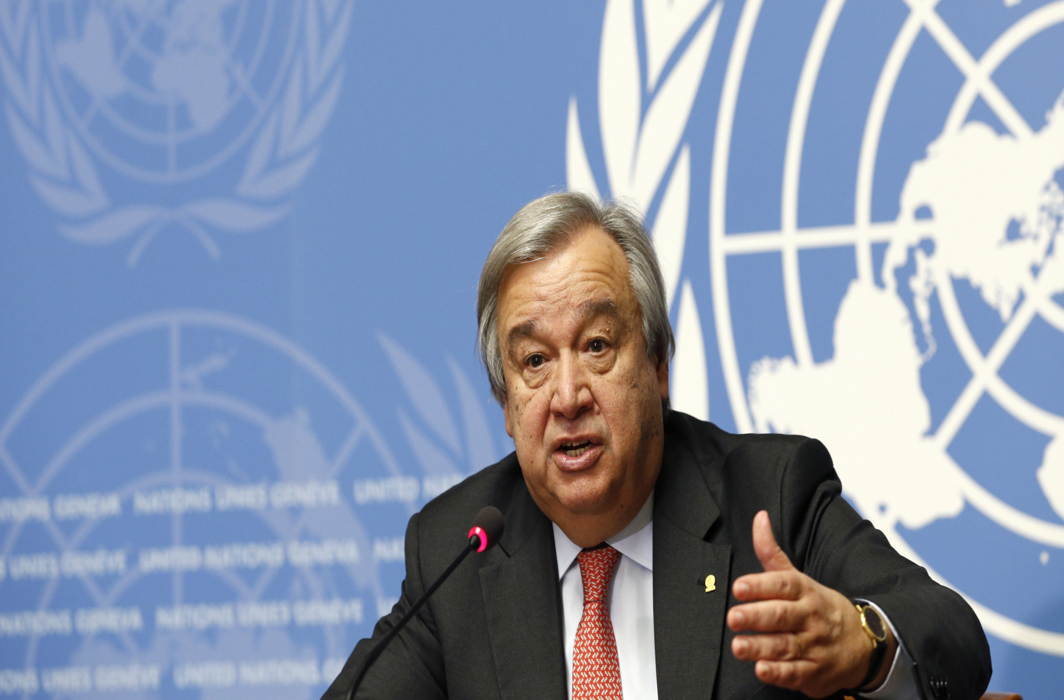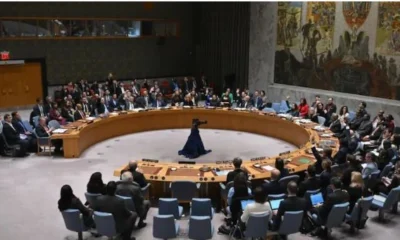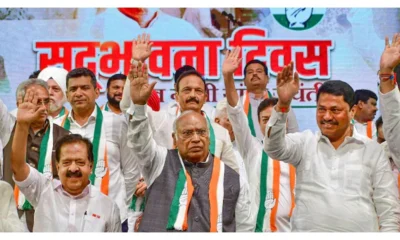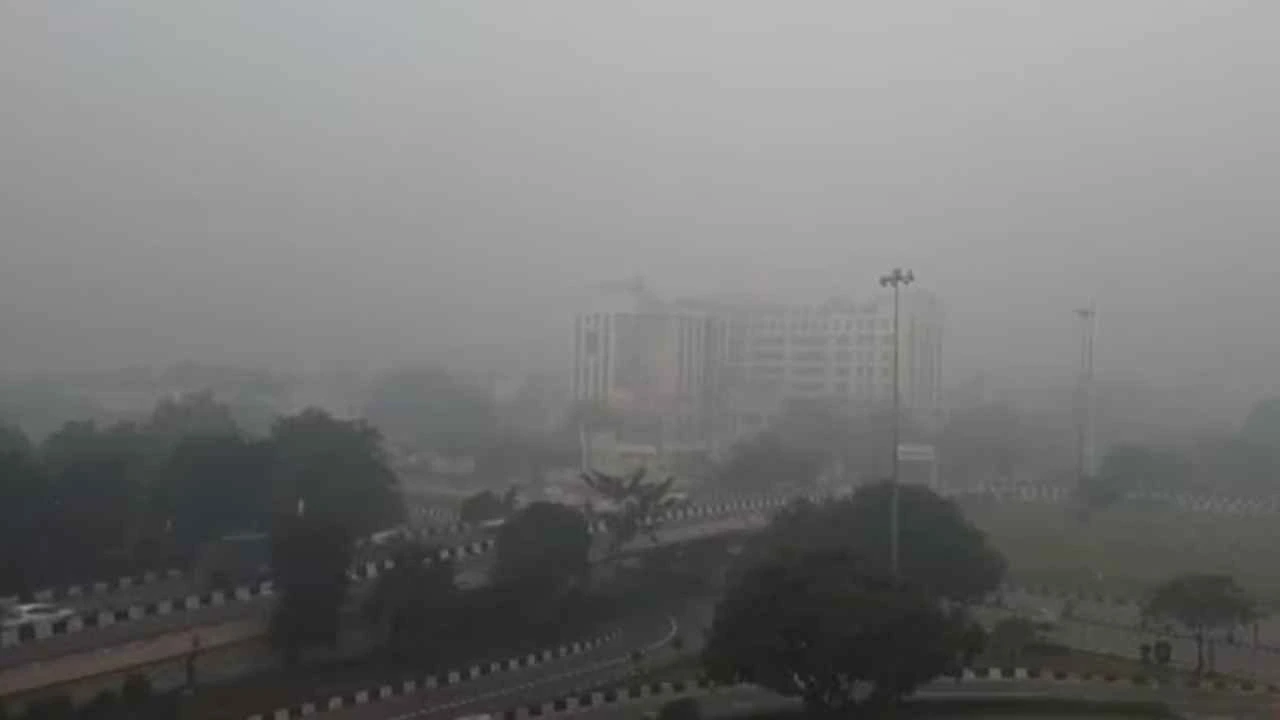[vc_row][vc_column][vc_column_text]The UN Secretary General’s annual report on Children and Armed Conflict says children being coerced by naxals to work as couriers, informants, fighters
In a report that paints an abysmal picture of the state of Indian children in areas infested by naxalites, the United Nations Secretary General Antonio Guterres has said that the “UN continued to receive reports of the recruitment and use of children by armed groups, including the Naxalites, in particular in Chhattisgarh and Jharkhand.”
The remarks made in the UN chief’s annual report titled Children and Armed Conflict which was released in New York on Thursday by Virginia Gamba, Special Representative of the UN Secretary General for Children and Armed Conflict are, however, qualified with the rider that says: “Owing to access restrictions for monitoring and reporting, the United Nations was unable to verify these incidents.”
While the latest report has collated data of incidents involving children in areas affected by armed conflicts in 20 countries across the globe during the period from January to December 2016, a similar report released by the then UN chief Ban Ki-moon for the corresponding period of the previous year had red-flagged the same issue.
However, the latest report shows that the prevalence of the use of children by Naxalites and other armed groups had come down to only two Indian states compared to six in 2015.
The 2015 Children in Armed Conflict report had said: “children were coerced to join children’s units (“Bal Dasta”), where they were trained and used as couriers and informants, to plant improvised explosive devices and in front-line operations against national security forces…The United Nations continued to receive reports of the recruitment and use of children as young as 6 years of age by armed groups, including the Naxalites, in Bihar, Chhattisgarh, Jharkhand, Maharashtra, Odisha and West Bengal.”
The report released by Gamba on Thursday says: “Armed groups reportedly resorted to abduction and threats against parents in order to recruit children, who subsequently underwent military training and served as messengers, informants or guards in child squads.”
The report recounts some reported incidents to endorse the claims. It says: “In March, the police relocated 23 children under threat of abduction by armed groups in Gumla district, Jharkhand, and supported their enrolment in schools. However, unverified reports suggest that police may be using children formerly associated with armed groups as informants, potentially making them targets for retaliation.”
The UN Secretary General had in 2015 asserted that the “abduction of children, especially girls, by armed groups was a serious concern” and that these children “are subjected to further grave violations and abuses, and have been forced to serve in combat functions, exposed to sexual violence and, reportedly, used as human shields.”
The latest report claims that “Children continued to be killed and injured in the context of operations of national security forces against Maoist armed groups” and quotes data collected from the India’s Union Ministry of Home Affairs to say: “the number of civilians killed in these encounters increased to 213, compared with 171 in 2015”.
The UN chief notes further that information provided by the Indian government suggests that “at least 30 schools were burned and partially destroyed by armed groups in Jammu and Kashmir. In addition, government reports confirmed the military use of four schools by security forces in that region for several weeks.”
In what the report terms as a “troubling development”, Guterres says: “Maoists were allegedly running several schools in Chhattisgarh and included combat training as part of their curriculum.”
The UN chief says further that “in the light of persistent reports of the recruitment and use of children by armed groups, I call upon the (Indian) Government to develop appropriate mechanisms to protect children from recruitment (by naxalites and other armed groups), as well as to separate and reintegrate recruited children.”
Guterres has assured that the UN “stands ready to assist (the Indian government) in this process.”[/vc_column_text][/vc_column][/vc_row]

























